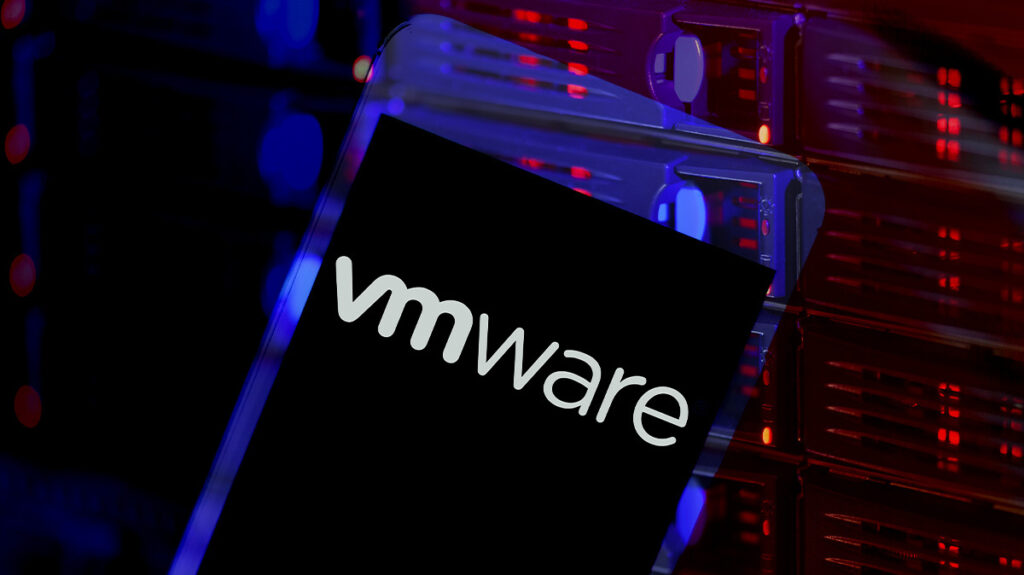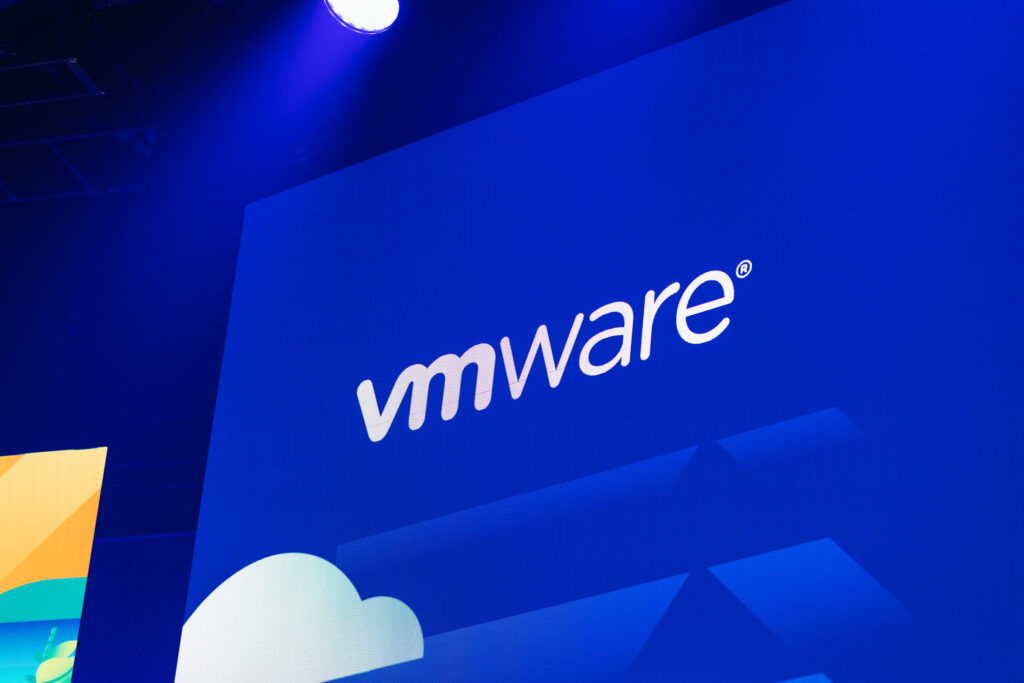Virtualization has become a fundamental element of today’s IT infrastructures. Virtualization technology allows for more efficient use of hardware resources, reduces maintenance costs, and provides flexibility. VMware ESXi is a hypervisor that plays a significant role in the virtualization world. In this article, we will discuss the installation of virtual servers on VMware ESXi, exploring the benefits, setup process, and key considerations to ensure optimal performance.
Why is VMware ESXi Important for Virtual Server Setup?
Virtual servers enable hosting multiple operating systems and applications on a single physical server. This enhances the efficient utilization of hardware resources and increases the flexibility of IT infrastructure. VMware ESXi provides a robust platform to achieve this functionality, offering several key advantages:
- Efficiency: VMware ESXi maximizes the use of hardware resources, allowing multiple virtual machines (VMs) to operate on a single server without performance degradation.
- Cost Reduction: By consolidating workloads on fewer servers, businesses can significantly reduce hardware and operational costs.
- Scalability: VMware ESXi supports a wide range of configurations, making it easy to scale up or down based on the business’s needs.


Step-by-Step Guide to Setting Up Virtual Servers on VMware ESXi
Setting up virtual servers on VMware ESXi is straightforward. Here’s a step-by-step guide to help you through the process:
- Install VMware ESXi: Begin by installing VMware ESXi on suitable hardware. VMware ESXi is a bare-metal hypervisor, which means it installs directly onto the server hardware, providing a robust and efficient virtualization environment.
- Access the ESXi Management Interface: Once VMware ESXi is installed, you can access its management interface using tools like VMware vSphere Client or vCenter Server. This interface allows you to manage your virtual servers, network configurations, and storage settings.
- Create a Virtual Server: Use the management interface to create a new virtual server. Define the server’s resources, such as CPU, memory, and storage, and then proceed to install the operating system. Ensure that the virtual server’s configuration aligns with the intended workload to optimize performance.
- Configure Networking: Properly configuring the network settings is crucial for the virtual server’s connectivity and performance. VMware ESXi provides various networking options, including VLANs and virtual switches, to manage network traffic efficiently.
- Set Up Storage: VMware ESXi supports different storage configurations, including local storage, SAN, and NAS. Choose the appropriate storage solution based on your performance needs and configure it through the management interface.
Understanding VMware ESXi’s Architecture
VMware ESXi operates as a bare-metal hypervisor, meaning it runs directly on hardware without the need for an underlying operating system. This architecture offers several benefits:
- Enhanced Performance: By eliminating the need for a host operating system, VMware ESXi reduces the overhead and ensures that more resources are available for the virtual machines.
- Security: VMware ESXi includes built-in security features that help protect the virtual machines and data from unauthorized access and attacks.
- High Availability: VMware ESXi supports advanced features like vMotion and Distributed Resource Scheduler (DRS), which enhance the availability and reliability of virtual servers.
These features make VMware ESXi an ideal platform for businesses looking to create a scalable, secure, and high-performance virtualization environment.
The Importance of VMware ESXi in Modern IT Infrastructure
VMware ESXi provides a reliable and powerful way to virtualize IT infrastructure. The flexibility and ease of management offered by virtual servers enhance productivity and reduce costs for businesses. Moreover, VMware ESXi enables businesses to achieve high availability and business continuity by ensuring critical business applications run seamlessly. This is particularly important in industries where downtime can lead to significant financial losses and operational disruptions.
For IT professionals, mastering VMware ESXi is essential as it forms the backbone of many organizations’ virtualized environments. The ability to efficiently set up, manage, and troubleshoot virtual servers on this platform is a valuable skill in today’s job market.
Conclusion
VMware ESXi is a leading platform in the virtualization field, simplifying the installation of virtual servers. By using VMware ESXi, businesses can create a more efficient IT infrastructure and gain a competitive edge. Whether for setting up new servers, managing existing ones, or ensuring business continuity, VMware ESXi provides the tools and capabilities needed for modern IT environments. Therefore, understanding and using VMware ESXi for virtual server installation is essential for modern IT professionals. To learn more about setting up virtual servers on VMware ESXi, visit the official guide.




